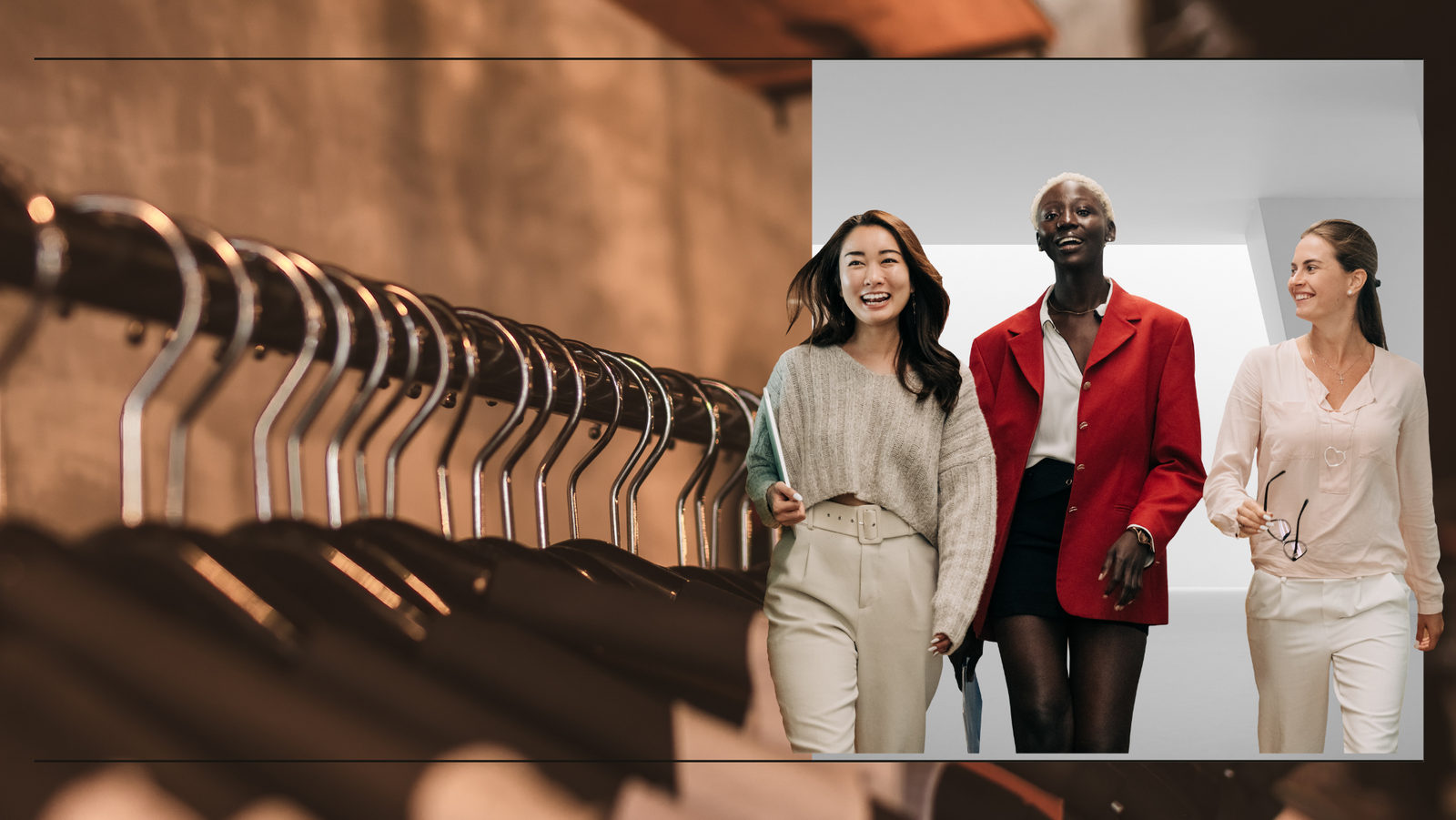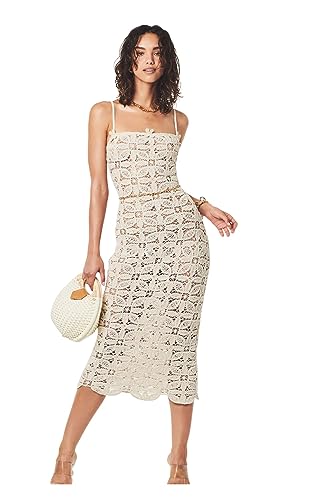In the hustle and bustle of everyday life, it’s easy to underestimate the influence of something as seemingly mundane as the clothes we wear. Yet, if we delve deeper, we find that clothing plays a profound role in shaping not only our appearance but also our overall well-being. From physical comfort to emotional expression, our wardrobe choices can significantly impact various aspects of our lives.
Physical and Emotional Well-Being
Our clothing choices extend beyond mere aesthetics; they intimately intertwine with our physical and emotional well-being. Firstly, clothing directly influences our physical comfort and health. Appropriate attire for weather conditions ensures our bodies are shielded from harsh elements, regulating body temperature and protecting against discomfort. Ill-fitting or restrictive clothing can lead to physical discomfort, chafing, and even postural issues, detracting from overall well-being.
Beyond the physical realm, clothing serves as a canvas for emotional expression. The clothes we wear reflect our individual style, cultural background, and personal identity. They play a pivotal role in shaping our self-image and confidence, impacting how we perceive ourselves and how others perceive us. Donning attire that resonates with our sense of self can elevate our mood and foster a sense of empowerment. Conversely, wearing clothes that don’t align with our identity or make us feel uncomfortable can dampen our spirits and diminish our self-esteem.
In essence, our clothing choices are not just about what covers our bodies; they are a reflection of our innermost selves. By paying attention to how our clothing influences both our physical comfort and emotional state, we can harness its power to enhance our overall well-being and navigate the complexities of everyday life with greater ease and authenticity.
Social Interaction and Behavior
Clothing isn’t merely a matter of personal preference; it’s a powerful tool that shapes our interactions and behaviors in social settings. Our attire communicates messages about our status, personality, and intentions, influencing how others perceive and respond to us.
First impressions are often formed based on appearance, with clothing playing a significant role in this assessment. Whether consciously or subconsciously, people make judgments about our credibility, competence, and trustworthiness based on our attire. For example, someone dressed in formal business attire may be perceived as professional and authoritative, while someone in casual attire may be seen as approachable and laid-back.
Moreover, our clothing choices can affect our own behavior and mindset. The phenomenon of “enclothed cognition” suggests that the symbolic meaning of clothing can influence our cognitive processes and behavior. When we dress in attire associated with a particular role or identity, such as wearing a lab coat in a scientific setting, we may adopt the characteristics and behaviors associated with that role more readily.
Additionally, clothing can influence our mood and confidence, which in turn impacts our behavior in social situations. Wearing clothes that make us feel confident and comfortable can boost our self-esteem and encourage positive interactions with others. Conversely, feeling self-conscious or uncomfortable in our attire may lead to feelings of insecurity and inhibit our ability to engage socially.
In essence, our clothing serves as a form of non-verbal communication, sending subtle cues about who we are and how we wish to be perceived. By understanding the social implications of our clothing choices, we can navigate social interactions more effectively and project the image we desire to convey. Whether it’s dressing for a job interview, a social gathering, or a casual outing, our clothing plays a crucial role in shaping our social interactions and behavior.
Expressing Mood and Personality
Our clothing choices are not only about covering our bodies but also about expressing our inner selves and communicating our mood and personality to the world. Every garment we choose to wear serves as a form of self-expression, allowing us to convey our individuality, values, and emotions.
Firstly, our clothing serves as a reflection of our mood. Just as our facial expressions and body language can convey how we’re feeling, our attire can also signal our emotional state to others. For example, bright colors and bold patterns may indicate a cheerful and outgoing mood, while neutral tones and understated styles might suggest a more subdued or introspective demeanor. By choosing clothing that aligns with our mood, we can express ourselves authentically and share our emotional experiences with others.
Furthermore, our clothing reflects our personality traits and preferences. Whether we gravitate towards classic, tailored pieces or embrace eclectic, avant-garde styles, our fashion choices reveal insights into our unique tastes, interests, and values. For example, someone who prefers minimalist, monochromatic outfits may be perceived as practical and organized, while someone who embraces vibrant colors and bold accessories might be seen as creative and adventurous. Our clothing becomes a form of visual storytelling, allowing us to share glimpses of who we are with the world.
Additionally, our clothing choices can influence our mood and behavior. Research has shown that wearing clothes that make us feel confident and comfortable can boost our self-esteem and positively impact our interactions with others. Conversely, feeling self-conscious or uncomfortable in our attire may lead to feelings of insecurity and inhibit our ability to express ourselves authentically.
In essence, our clothing serves as a powerful medium for self-expression, allowing us to communicate our mood, personality, and identity to the world. By choosing clothing that resonates with our inner selves, we can express our individuality, foster connections with others, and navigate the complexities of life with authenticity and confidence.
Finding the Right Outfit
Selecting the perfect ensemble for any occasion involves a delicate balance of style, comfort, and appropriateness. Here’s a breakdown of key considerations to help you navigate the process with ease:
1. Context and Dress Code: Begin by considering the nature of the event or situation. Is it formal, casual, or somewhere in between? Understanding the dress code will provide valuable guidance in selecting appropriate attire. For formal occasions like weddings or business meetings, opt for polished and sophisticated attire, while casual gatherings call for relaxed and laid-back outfits.
2. Comfort: Comfort should always be a priority when choosing an outfit. Select garments made from breathable fabrics that allow for ease of movement. Ensure that clothing fits well and doesn’t cause any discomfort or irritation. When you feel comfortable in your attire, you’ll exude confidence and poise in any situation.
3. Personal Style: Embrace your personal style and choose clothing that resonates with your aesthetic preferences. Whether you prefer classic elegance, contemporary trends, or eclectic flair, let your unique sense of style shine through in your outfit choices. Dressing authentically allows you to express your individuality and feel confident in your appearance.
4. Practicality: Consider the practical aspects of your outfit, such as the weather conditions and the activities you’ll be engaging in. Dress appropriately for the climate, opting for layers in colder weather and lightweight fabrics in warmer temperatures. If you’ll be moving around or participating in physical activities, choose clothing that allows for freedom of movement and practicality.
5. Experimentation: Don’t be afraid to step outside your comfort zone and experiment with different styles, colors, and silhouettes. Fashion is a form of self-expression, and trying new looks can be both fun and rewarding. Whether it’s incorporating a bold accessory, experimenting with a new trend, or mixing and matching unexpected pieces, allow yourself the freedom to explore and express your creativity through your wardrobe.
6. Confidence: Ultimately, the most important factor in finding the right outfit is confidence. Wear clothing that makes you feel empowered, confident, and ready to take on the world. When you feel good about yourself and your appearance, it radiates from within and leaves a lasting impression on others.
By considering these factors and trusting your instincts, you can effortlessly find the perfect outfit for any occasion. Whether it’s a formal event, a casual outing, or simply a day at the office, let your clothing reflect your unique personality, style, and confidence. After all, the right outfit has the power to uplift your mood, enhance your self-esteem, and leave you feeling ready to conquer the day with style and grace.
In conclusion, the clothes we wear have a profound impact on our well-being, influencing everything from our physical comfort to our emotional state and social interactions. By understanding the power of dressing and making intentional wardrobe choices, we can harness the transformative potential of clothing to enhance our lives and nurture our overall sense of well-being. So, the next time you stand in front of your closet, remember that your outfit is more than just fabric and thread – it’s a reflection of who you are and how you want to show up in the world.
[As an Amazon Associate, I earn from qualifying purchases at no additional cost to you.]


















